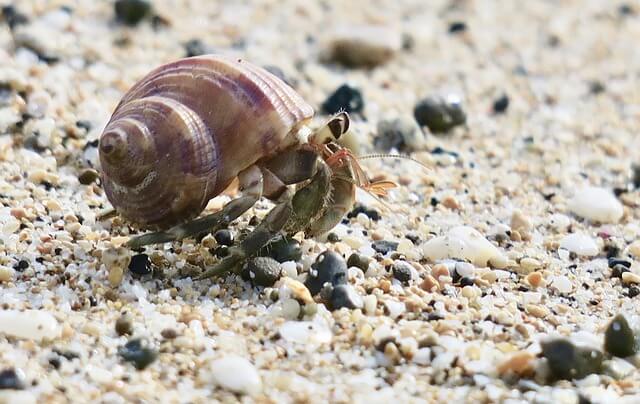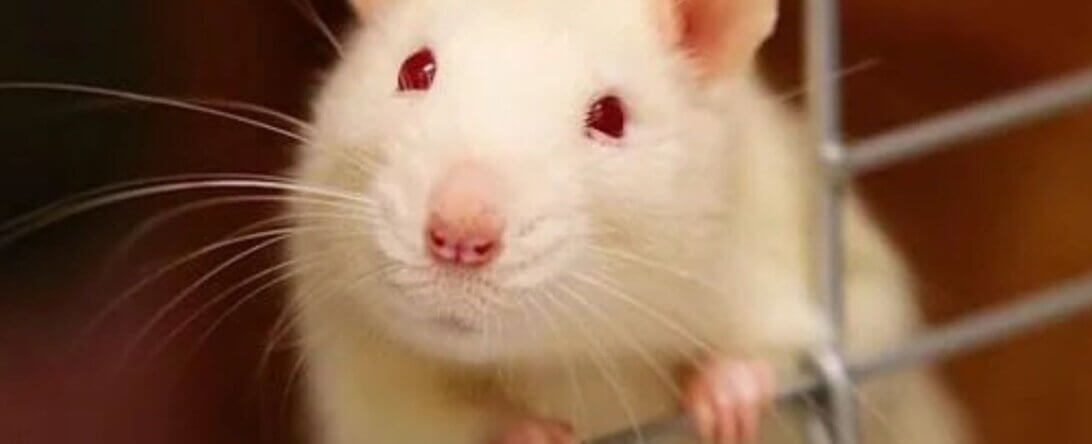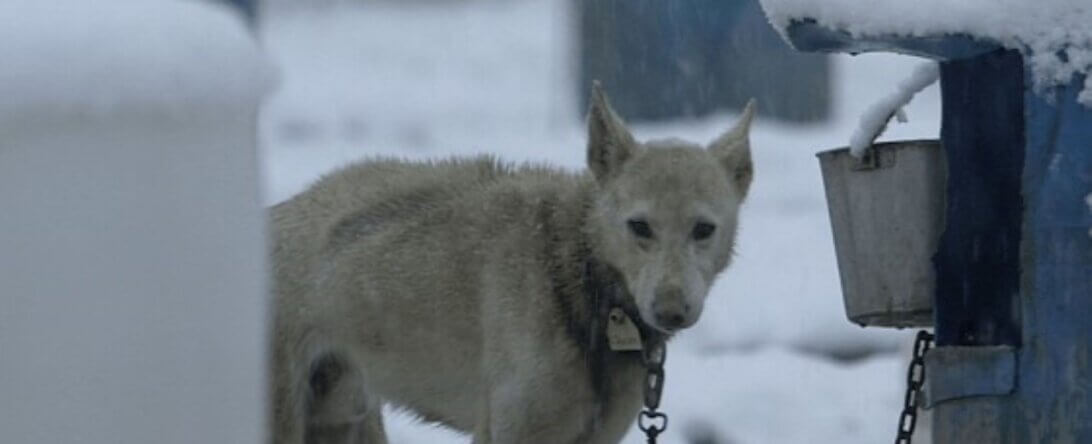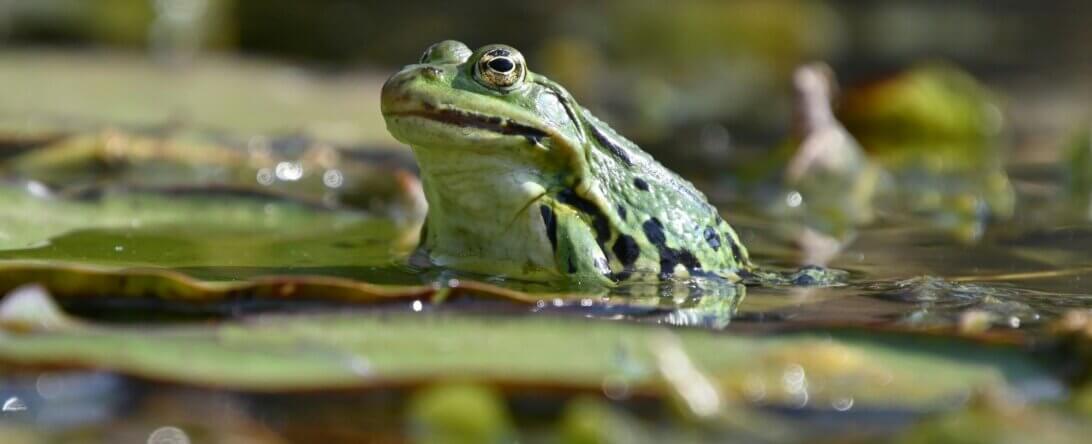7 Reasons Why You Should Never Buy a Hermit Crab
You’ve probably seen hermit crabs being sold in stores, but have you ever wondered how they ended up there? The hermit crab industry tears these sensitive animals away from their homes and ships them to malls and surf shops all over the country to be purchased by anyone who decided to get one on a whim.
Here are seven reasons why you should never buy a hermit crab:
- Just about every hermit crab sold in a souvenir shop, pet store, or mall was captured in their home in nature. (Hermit crabs won’t breed in captivity—it gives them the ick.)
- Despite their name, hermit crabs are social animals. They thrive in large clusters of up to 100 individuals and often sleep piled up together. They enjoy climbing, foraging, and exploring, and they collaborate with each other to find food. Most people only buy one hermit crab, meaning the animals are denied the opportunity to express very basic natural behavior.
- They can live for more than 30 years in their natural habitats, but most sold in shops don’t survive for more than a few months. The hermit crab industry woke up one day and decided to shave 98% off the length of these animals’ lives—and for what?
- Many hermit crabs slowly die from suffocation, because their modified gills require high humidity in order to breathe. The rando who decided to take home a hermit crab while buying a beach towel isn’t suddenly going to be qualified to identify the telltale signs of an ailing crustacean.
- Hermit crabs are often slowly poisoned by tap water and the toxic paint on their shells.
- A hermit crab’s skin doesn’t stretch and grow like human skin does, so they need space to molt (shed their skin) and grow, which requires very deep, damp sand to burrow under. Without proper space to molt, a hermit crab’s body will stop the process and they’ll die.
- The hermit crab trade also makes life harder for crabs who live in nature. Workers collect thousands of shells from the ocean every year in order to paint and sell them. Meanwhile, wild hermit crabs are left to navigate a housing crisis—30% of them are left with shells that are too small for them. After their growth phase in the spring, this number can jump to nearly 60%.
How You Can Help Hermit Crabs
Never buy a hermit crab—they’re not “starter pets.” There’s no such thing. Periodt. Hermit crabs are complex, sensitive, social animals who want to live in their ocean home with their cluster, not alone in a tiny cage at your grandparents’ beach house. Even someone with good intentions will never be able to give them the life they deserve.
Unfortunately, you can’t release a captive hermit crab back into nature. If you or someone you know already has one, check out this guide on how to care for them.
Text peta2 to 30933 for ways to help animals, tips on compassionate living, and more!

Terms for automated texts/calls from peta2: http://peta.vg/txt. Text STOP to end, HELP for more info. Msg/data rates may apply. U.S. only.





